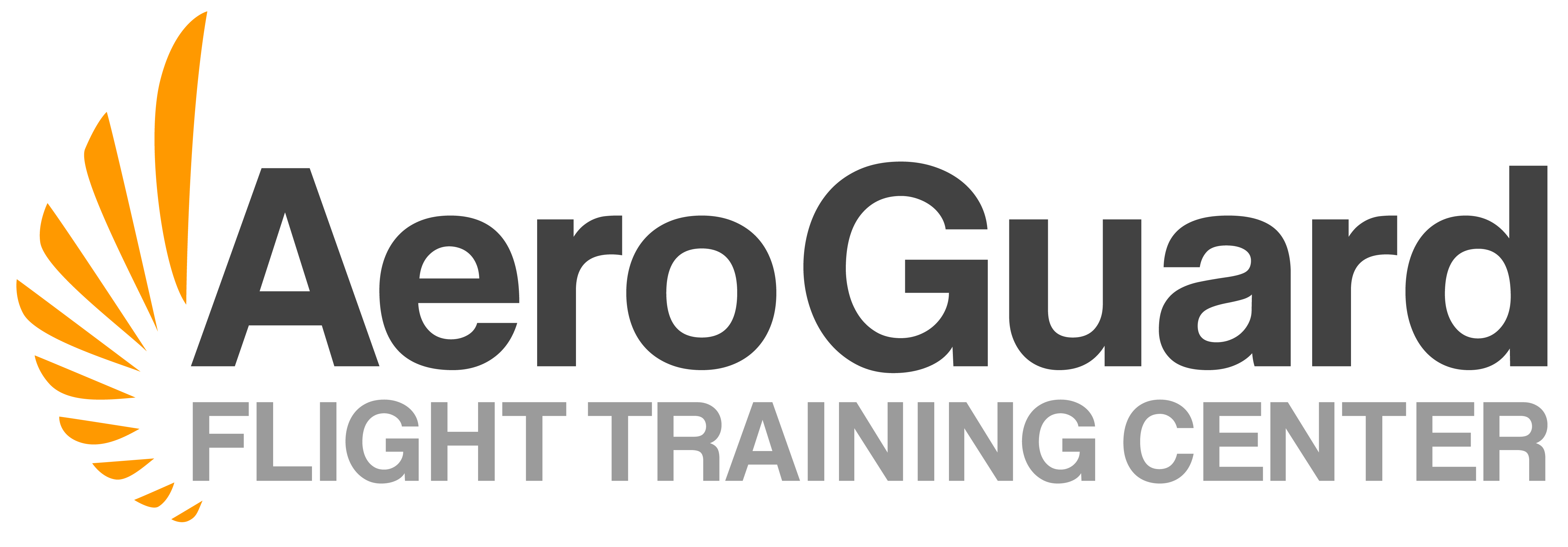Building Flight Experience
All airline operations and most larger jet operations require a pilot to meet certain aeronautical experience requirements before being hired. Most of the time that “magic number” is 1,500 hours of flight hours. After a pilot has completed their initial flight training, there are a number of ways they can get this flight experience. Pilots generally view this next step as their “internship” before moving on to an airline just as medical students would complete with a residency before being able to continue on with their career.
Entry-Level Pilot Jobs
Flight Instruction
Becoming a flight instructor is the most common options to gain flight experience as it’s a job that is generally readily available and requires no additional flight experience for entry besides the required certificates and ratings. The pay scale is typically an hourly role paid out by flight hour, and amount of flight hours gained can vary from school to school, but one can expect anywhere from 30-100 flight hours per month. At AeroGuard, you’ll have the opportunity to train cadets for the world’s leading airlines. There are many benefits of becoming a flight instructor and many enjoy the reward of seeing their students grow.
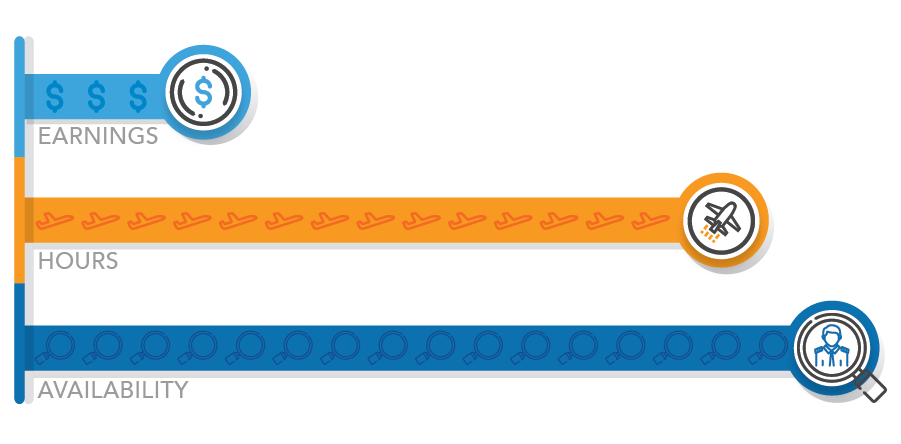
Charter Operations
Sometimes referred to as 135 operators, these opportunities are in high demand by pilots which means more competition and less availability. Many require additional flight experience at a minimum of 500 hours and the pay scales vary dramatically based on company and level of experience, but generally will pay more than flight instruction. Reliability of building flight experience depends on the operation, but one can expect anywhere from 15-100 flight hours per month.
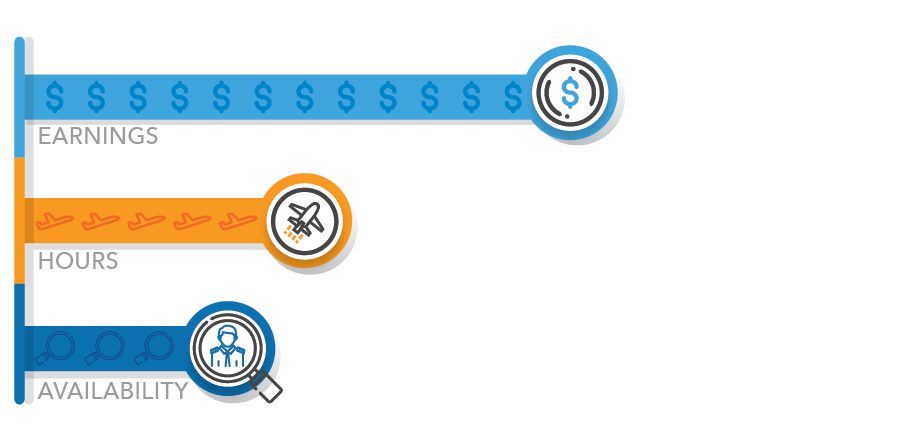
Cargo Operations
Cargo operators fly smaller aircraft to assist companies such as FedEx and UPS in transporting packages to remote areas. These job openings are pretty common in most metropolitan areas and entry flight requirements can vary based on aircraft size and type but generally a commercial pilot certificate is all that is required. Pay can either be hourly or salary and is comparable to flight instruction. Ability to gain flight hours are typically low between 20-50 flight hours per month.
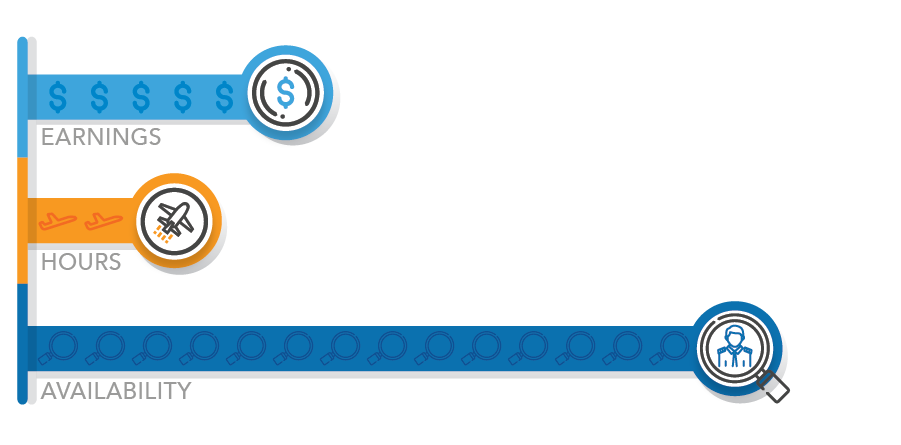
Air Ambulance
These operations use aircraft to transport organs or patients between locations for procedures and emergency purposes. These roles are typically on-demand therefore most pilots are “on-call” during their shift. There are typically jobs available but additional flight experience could be required of around 500 hours. This is mostly a salaried position however the reliability of gaining the flight hours needed to become an airline pilot is a lot lower considering this is an “on-call” position. Once can expect between 30-80 hours per month.
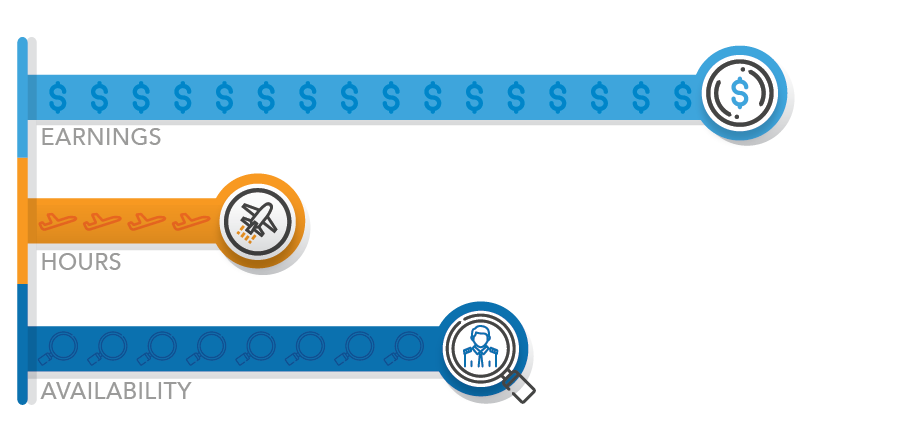
Transitioning to the Airlines
Once a pilot meets the aeronautical experience requirements for an Airline Transport Pilot certificate, they can transition to a regional airline. The best paying roles are typically at the airlines and therefore many aviators choose to continue toward that path. After approximately 2-3 years, a pilot at a regional airline should expect to upgrade to captain which comes wiht a significant increase in pay. After 5-10 years working for a regional airline, many pilots then transition to a major airline. Many things such as the pilot’s schedule, pay, domicile assignment and choice of aircraft are based on seniority, or the length of time you’ve been with the company. The sooner you can get to the airline the better. The time is now to become a pilot.
